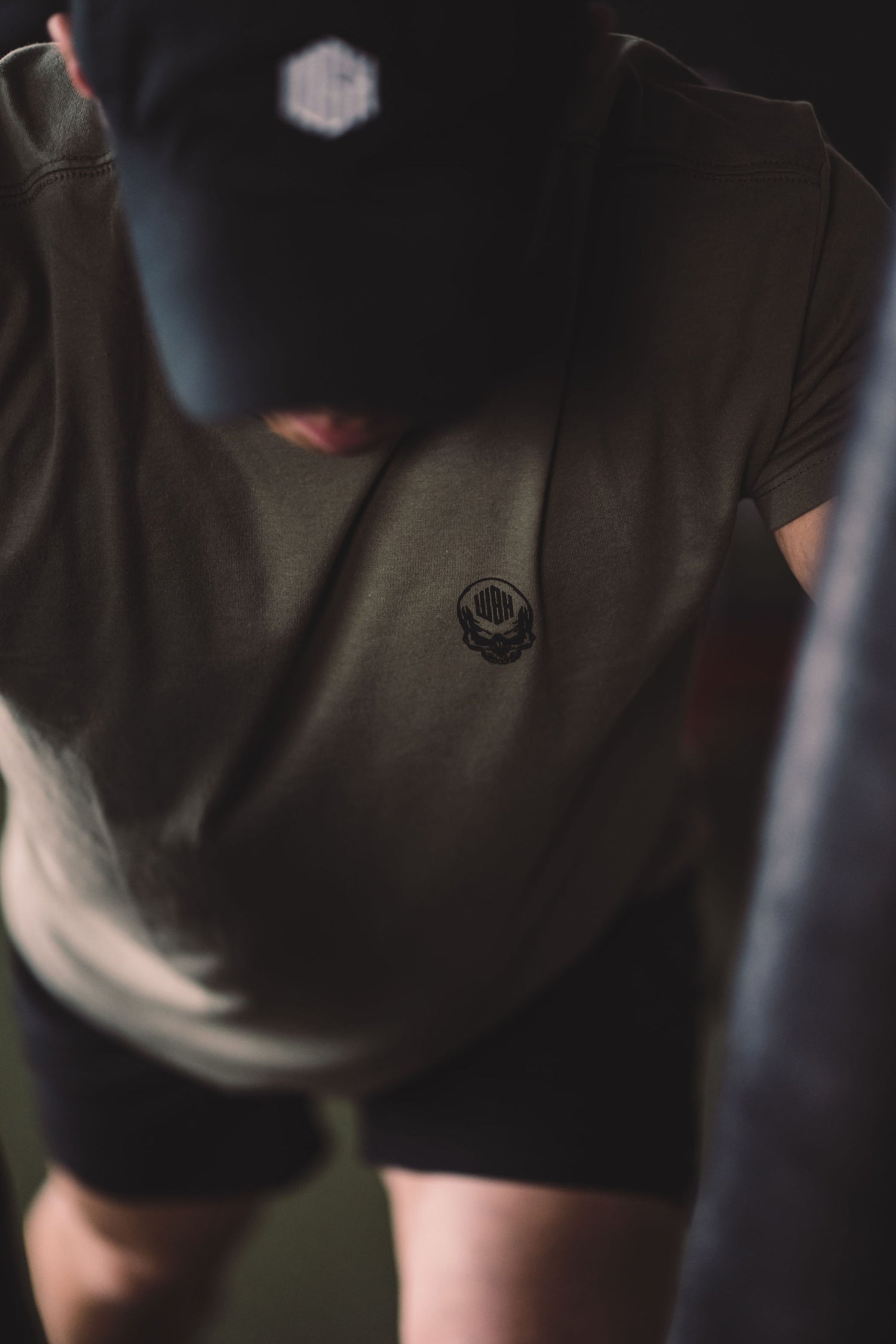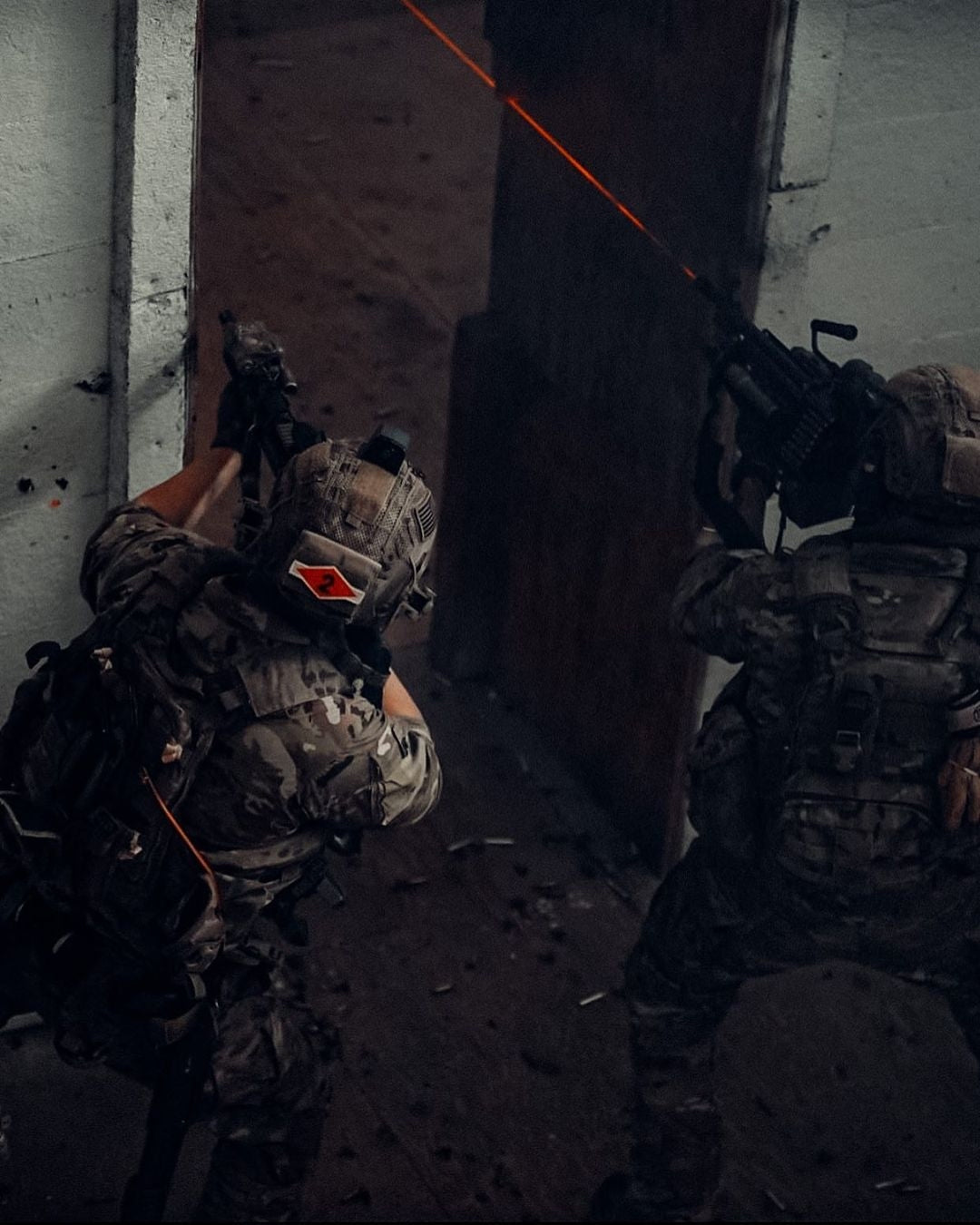John, one of our WGH team members on the app, asked why the leg days “are always death” but upper body work felt more relaxed by comparison. As is often the case with me, I replied with a barrage of info that was probably OP for the question, but brevity has never been my strong suit. Thankfully John at least made me feel better by saying he liked the response which was nice of him to say!
For everyone else, here is a window into why we do what we do and have been doing up to now (almost Day 100), as well as where things are going in some of the next phase.
If you feel like your lower-body is getting smashed by the Specialist Programming (or Bulletproof for that matter) that is a combination of both the overall focus of where we put our priorities on your training and trends we observe in the emergency services industry. Our sole intent in both Bulletproof and Specialist is to have you ready when the call comes in. That means we want to see you freakishly strong for your size, whatever size that may be, as well as carrying around a huge engine with fitness capacity to do work longer than any bad guy, structure fire, mass-casualty event, etc. can throw at you. We do this in conjunction with ensuring your body becomes as injury-proof as possible.
MOST people coming onboard with our programming for the first time are USUALLY predisposed to being very competent with their upper-body work. It makes sense right? Most of what you see on social media, in the gym or in other workout posts is beach-muscle driven. As a culture we have always leaned toward seeing big chest, shoulder and arm muscles as a sign of fitness. In reality, a lot of those people are oranges walking around on toothpicks and anyone who has been in this field of work for very long knows what it means to have REAL strength in your foundation (ie lower-body) when it comes to going hands on with someone, cutting through a roof for venting a fire, etc. So if your wheels are or have been somewhat neglected by comparison prior to our programming, you very much might feel like those wheels are coming off more frequently than your upper body.
In the real-world, the vast majority of orthopedic injuries on the job, whether that is PD, Fire, Medical or Military is lower-body and low-back related. If you take an aggregate of all the studies out there, it is generally agreed upon that lower-body/back injuries account for somewhere between 60-70% of the totals. After that, shoulders, neck and head trauma are the next large bulk, with distal extremities rounding out the mix.
More often than not, eliminating unforeseeable traumatic events like vehicle crashes, extreme falls, etc., these injuries cluster around areas that are weak/imbalanced muscularly in people’s lower bodies. As such, MOST first responders and military personnel have massive strength and mass (another important factor often overlooked) imbalances between their posterior chain and anterior chain in their lower body. In layman’s terms…most people’s quads are 2-4x stronger and larger than their hammies/glutes/low-back. The breaking point, therefore, becomes things like your ACL, MCL, meniscus, T-4 through S-1 herniations, etc.
So the way we look at this problem is if you can build yourself ridiculously strong AND larger hamstrings, glutes and lower-back/core muscles COMBINED with the big motor movers of your quads and hip flexors, we have a much better chance of keeping you from getting hurt on the job and going home as healthy as possible.
As humans that walk upright (ie bipedal) our POTENTIAL to recover and subsequently train more with our lower half is considerably greater so it SHOULD be the majority of what we train. The muscle fibers, sinew tissue, etc. are all built to be used for considerable work and then recover quickly. That is also why a number of our early team members have “complained” about their jeans not fitting anymore because their waist has shrunk while their legs and glutes have gotten SWOL-AF. You all are welcome.
But back to the topic at hand, since we are humans and our eyes are on the front of our head, that means MOST of our movements in everything we do are forwards. That also means we generally get hurt when we are accelerating in that direction and suddenly have to, or are forced to, stop that forward propulsion. Even walking or running, the most basic propulsion we can generate ourselves, can result in blown cartilage or injury if we are forced to stop and our brakes are not up to the task. Firefighters see it all the time when something as “simple” as hopping down off the bottom step of the truck or engine arriving on scene results in a blown meniscus or ACL.
If you think about that for a minute, most of our injuries across any aspect of our lives come when we need to DECELERATE right? Well, if your brakes (ie hamstrings, glutes, calves, etc.) are not up to the task you have a higher chance of something going wrong. Add to that the years of mileage and abuse our line of work puts on a body, which results in compromised ligaments, tendons, cartilage, etc., and you have yourself a nice little time bomb building.
I program our training splits to take this into account. On average across the year, you will see roughly 60% of our overall programming will be “focused” on the lower body in the workouts. However, those who have been onboard for a while know, even a movement like a deadlift or snatch recruits a LOT of upper body muscles like rhomboids, biceps, triceps, deltoid, traps, etc. The more competent you become at these big movements the higher ALL your numbers will go because your entire body is working in unison to become abnormally strong.
I also split between posterior chain focus and anterior chain focus no matter what we are doing, some might call that a push/pull balance, because it creates the absolute greatest balance for strength training and fitness. At the same time, maintaining this balance in the programming absolutely highlights the weak points in people that need to be addressed. A great example of this is the rowing erg. Newer rowers will feel a significant bicep/back workout and feel super jacked, but not really understand why the guy or gal next to them is rowing 5-10 less strokes per minute, yet absolutely destroying them in their split times and pace. If your legs are your weak point and you are attempting to row with someone who is an absolute lower-body unit, they are going to blow you out of the virtual water every time until you get yourself balanced and dialed in. But the moment that happens and everything starts coming together in balance…the fun really begins for all of us and you can go full Dom Toretto hitting the NOS on your training and performance!
Over the next few phases you will see an evolution of the programming now that we are both heading into summer and have 100-days in the rearview mirror. The OG team members are significantly more balanced and stronger overall than when they began, but if you are brand new do not fret because you too will get there if you just take it one day at a time.
As always, if you have requests, feedback, complaints or compliments we love to hear it all. Programming and coaching virtually is a combination of science, mad-science and an art. Your data helps make us even better, which in turn comes back to you with enhanced offerings and refinement. As long as you give it your best we will continue to be here for you so everyone can go home!


